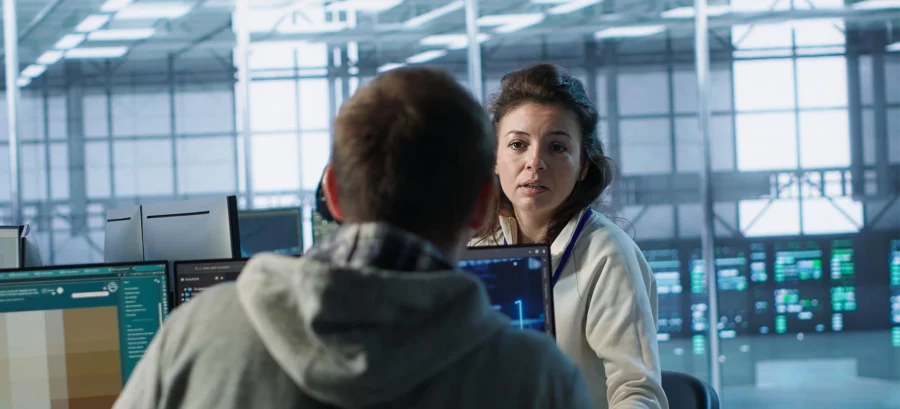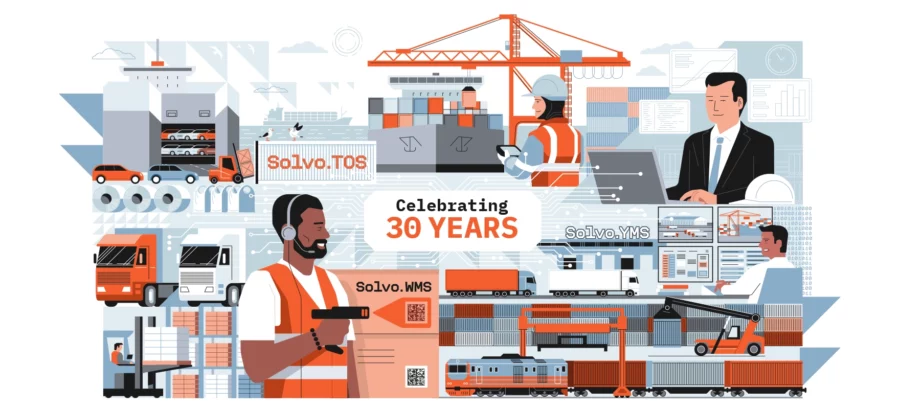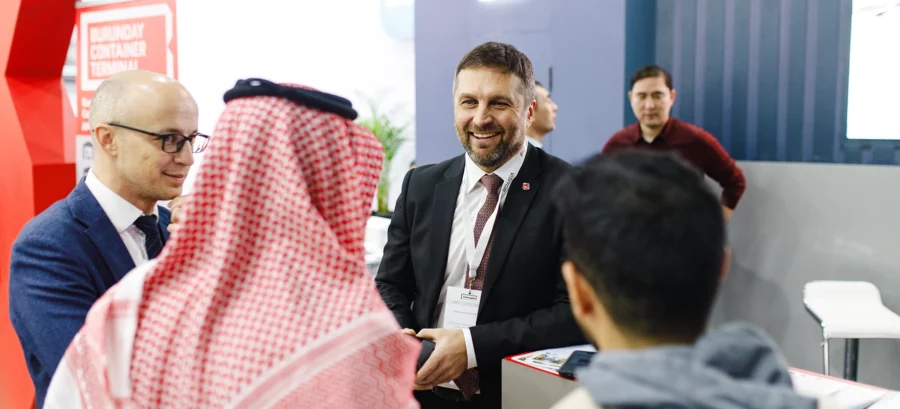What is Port 4.0 — and why does it matter now?
“Port 4.0” might sound like a vision of the future — but for many terminals, it’s already reality. Across the globe, ports are leveraging digital technologies to optimize throughput, reduce inefficiencies, and build more resilient supply chains.
Academic research supports what industry leaders already know: Port 4.0 isn’t a theoretical ideal — it’s a practical, achievable model.
In a recent article published in Transportation Research Procedia, Dr. Behzad Behdani outlines three core application areas that define the Port 4.0 transformation:
- Business process automation. Replacing manual, repetitive tasks with standardized, digitized workflows to increase productivity and reduce error.
- Data exchange coordination. Ensuring real-time information flow between terminal systems, external partners, and supply chain stakeholders.
- Data-driven decision making. Using analytics and pattern recognition to optimize resource allocation and adapt to shifting conditions dynamically.
These goals are widely shared — but the pace and method of implementation vary dramatically depending on a port’s digital maturity.
Seven technologies powering Port 4.0
In the same paper, Dr. Behdani identifies seven enabling technologies that form the foundation of Port 4.0:
- Automation & robotics
- Autonomous vehicles & equipment
- Internet of Things (IoT)
- 5G connectivity
- Blockchain & smart contracts
- Big data analytics
- Simulation, VR & digital twins
While these innovations may differ in complexity and readiness, they all have one requirement in common: a connected, integration-ready operational system.
That’s where the Terminal Operating System (TOS) becomes indispensable.
Why your TOS is the cornerstone of Port 4.0
A modern TOS is more than software — it is the digital backbone of the port. It enables the coordination, visibility, and control that Port 4.0 demands.
At Solvo, we see the TOS as the layer that:
- Connects and synchronizes all terminal operations
- Integrates with IoT and automation systems
- Provides real-time control and traceability
- Enables structured data collection for analytics and simulation
- Bridges human workflows and machine logic
- Serves as the interface between infrastructure and innovation
Without a flexible, open-architecture TOS, implementing new technologies becomes slow, costly, and risky. With the right TOS in place, upgrades can be modular, strategic — and non-disruptive.
What makes a TOS “Port 4.0 ready”?
To support next-gen operations, your TOS should offer:
- Real-time data exchange with external systems (customs, shipping lines, regulatory platforms)
- Plug-and-play integration with automation, sensors, and IoT devices
- Configurable workflows that adapt to new cargo types, processes, or stakeholders
- Scalable architecture to support growth and performance without reengineering
- Analytics-ready reporting for decision support, KPI tracking, and continuous improvement
Solvo.TOS was built with these principles at its core. That’s why our platform has been chosen by ports investing in long-term modernization, not just short-term fixes.
Port 4.0 isn’t a destination — it’s an evolution
Every terminal is at a different stage of its digital journey. Some are implementing autonomous equipment, others are just beginning to digitize paper-based workflows.
But whatever your starting point, your TOS defines what comes next — and how fast you can get there.
If your port is preparing for the future, we’d be happy to show how Solvo.TOS can provide the foundation you need.






